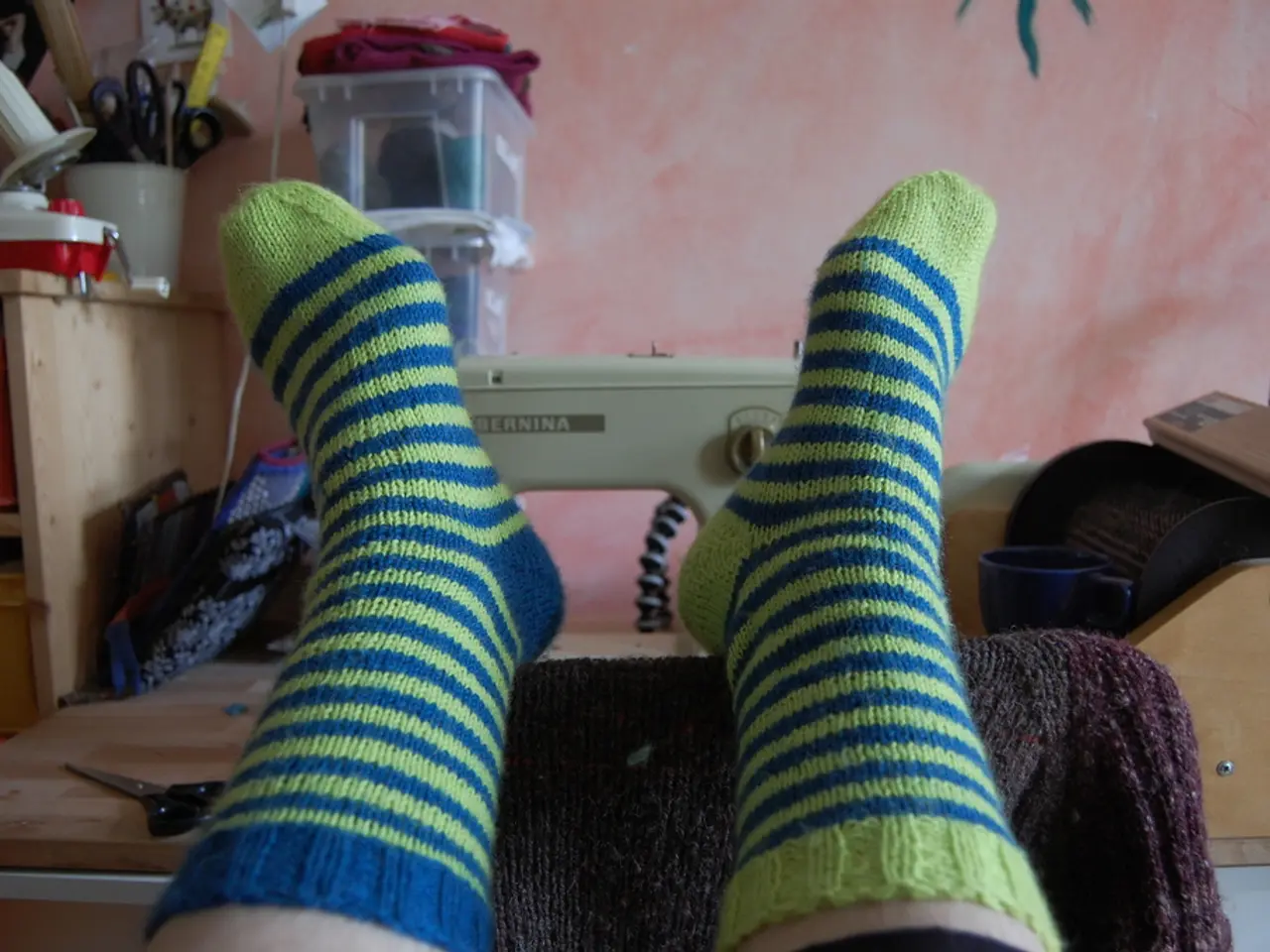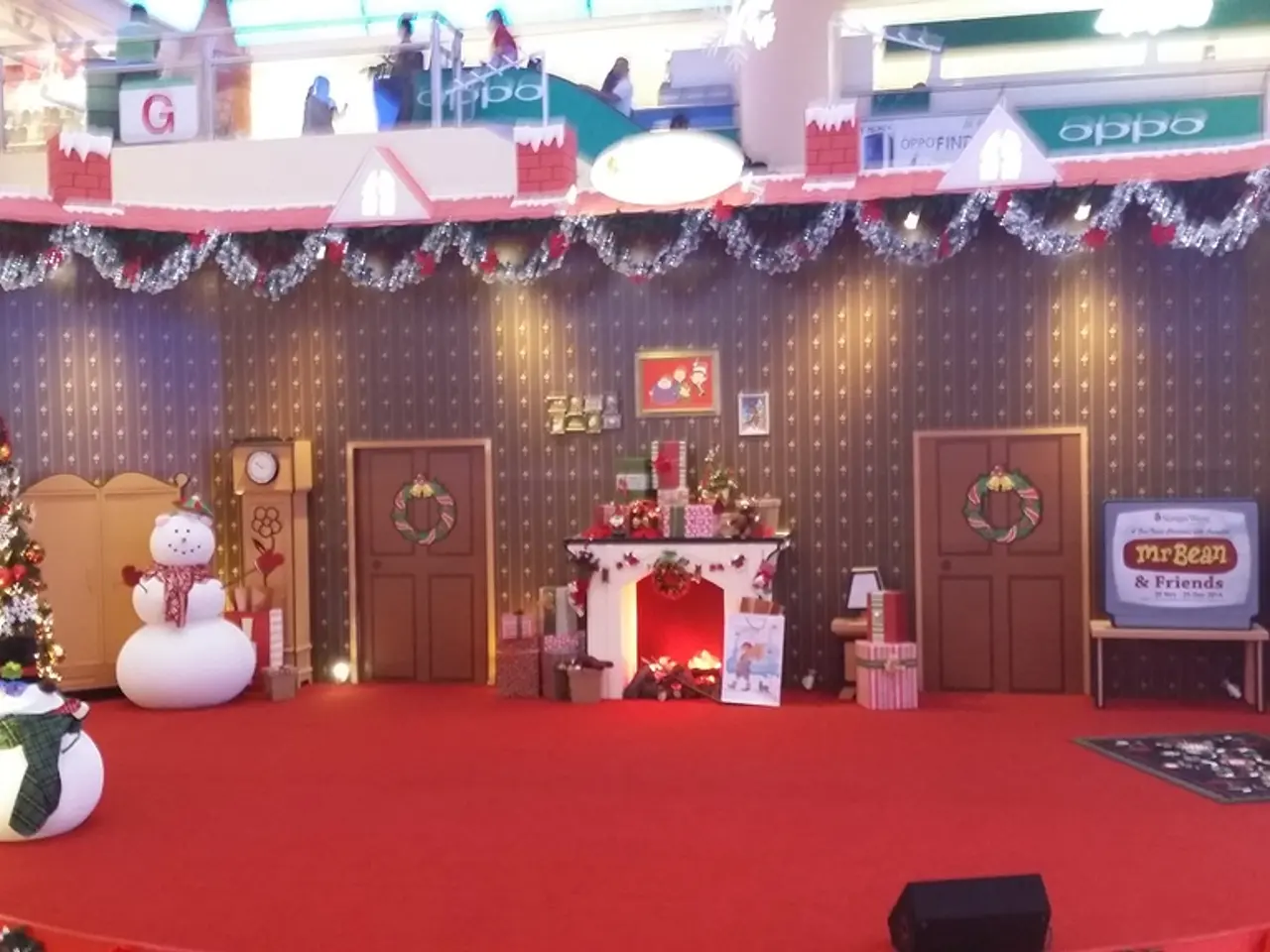3 Innovative Methods for Crafting Merchandise for Online Sale
In the world of handmade clothing, there are several options for entrepreneurs looking to sell their unique creations. The choice between platforms for selling handmade clothing, working with small batch manufacturers, or using print-on-demand (POD) services depends on your business goals, budget, and desired level of control.
Handmade Clothing: Etsy, eBay, or Shopify?
For those looking to sell authentic handmade clothing with artisan appeal, Etsy is ideal. With a lower commission rate of around 6.5% and a community of buyers interested in handmade and vintage items, Etsy attracts buyers specifically looking for unique products. eBay can also work if you want a wider reach and auction-style sales, but competition and fees are considerations. If you want full control over branding and store design, Shopify provides this, but requires more marketing effort and has a monthly fee.
Small Batch Manufacturing: Shopify's Advantage
For those looking for more control and the ability to scale, Shopify is highly recommended for small batch manufacturing. The platform allows customization and direct inventory control, letting you integrate with manufacturers and manage stock and orders effectively. However, this model requires a higher upfront investment for production, storage, and logistics compared to POD.
Print-on-Demand (POD) Services: The Leanest Option
If you're looking to start quickly with no upfront inventory and flexible designs, consider using POD services like Printful or Printify. These platforms offer POD fulfillment where you upload your designs, and they print and ship directly to customers. POD requires less risk but often yields lower profit margins and less product control than owning inventory.
Making the Right Choice
Choose based on your priorities: ease of entry and niche buyer base (Etsy), control and scalability (Shopify with small manufacturers), or low-risk testing and simple inventory (POD). The retail price is typically calculated by doubling the figure that includes the cost of supplies and time. To earn a similar amount as with other options mentioned, creators using a print-on-demand service must sell a higher volume of items. With print-on-demand services, creators do not have to worry about sourcing or storing supplies.
Another way to make clothing to sell online is by finding a small batch manufacturer like Trends Jeans, which specializes in denim fabrics and offers batches as low as 250 units, reducing the financial risk compared to traditional high batch runs. However, print-on-demand services are not suitable for making specific or complex pieces of clothing, as they offer simple basics that can be easily screen printed with an image.
When selling handmade items online, it is essential to carefully calculate the retail price, considering the cost of supplies and time spent. To sell items through a print-on-demand service, creators upload their designs to the platform, and customers can buy them directly. Using a print-on-demand service allows creators to get their designs onto various items, including clothing, homewares, and accessories.
However, it's worth noting that using a print-on-demand service, the platform takes a significant cut of the creator's income. There is demand for handmade clothing items, and they can be sold at craft fairs or online on platforms like Etsy.
In conclusion, the choice between platforms for selling handmade clothing, working with small batch manufacturers, or using print-on-demand services depends on your business goals, budget, and desired level of control. By understanding the pros and cons of each option, creators can make an informed decision and start their journey in the handmade clothing industry.
- To complement their handmade clothing line, creators can consider offering crochet patterns for customers to recreate their designs at home.
- For those interested in exploring the fashion-and-beauty aspect of handmade clothing, incorporating knitting patterns into home-and-garden décor items could be a unique attraction.
- When showcasing their handmade clothing at a craft fair, makers can ask for product-reviews from satisfied customers to boost their brand's reputation and attract more potential buyers.
- In addition to selling handmade clothing, creators can offer handmade knitted or crocheted fashion items for shopping, such as handbags, scarves, or even home-and-garden accessories like doilies or table runners.
- If a creator decides to use a print-on-demand service, they can also create and sell crochet or knitting patterns alongside their products, diversifying their lifestyle business and expanding their reach in the fashion-and-beauty and home-and-garden markets.




